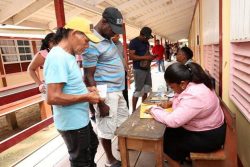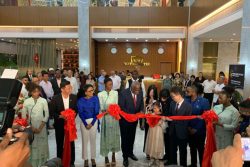Dear Editor,
My first thought was that writer C. Sohan should not elicit a response. However, I know that there is empirical evidence to corroborate my statement about Queen’s College and Bishop’s high schools retaining their designs, which provide good ventilation. Sohan said “Those who have attended these schools.” This is indicative that he did not attend either one of those two schools, nor visited them. Otherwise, his viewpoint would be different.
It is not my intention to pose as an expert in the field of architecture but I will challenge his use of thermodynamics to say that hot air rises. Hot air does not have a proclivity or ability to always rise. Air is drawn downward by earth’s gravity. Something heavier than hot air can push it downward. Obviously, the designers of Burkina Faso (BF)’s schools knew what materials to utilize to channel hot or cold air in the direction necessary to obtain and retain coolness within these schools.
Sohan said that laterite cannot store heat during the day and release it at night, without some special treatment. Fortunately for him, he did not say that it was impossible. Maybe, with his “expertise,” he could say what that special treatment is. Special treatment was employed in the schools in BF and it means it could be replicated here.
Their system of school design has proven to be effective and efficient. Notable researchers and journalists from the BBC have confirmed this. There should be local technocrats in this area who would be able to attest to the effectiveness of the materials and even the overall designs of the BF schools.
Sincerely,
Conrad Barrow









